This article is part of the book - Rock Climbing Basics: The Beginner's Guide.

Rock climbing is awesome.
It's an activity in which you push the boundaries of your physical and mental capabilities, often leaving you bursting with a vibrant excitement that you never knew existed.
Climbing takes on many forms: from 'pulling on plastic' indoors to 'crushing hard' at the sport crag or 'bagging' the summit of an elusive alpine mountain after an 'epic shaky run-out on micro wires'.
Our Rock Climbing Basics book introduces you the very basics of indoor climbing, which is the safest place to begin.
It's important to take the time to become competent at these basic skills before you move on to more advanced styles of climbing. It won't take long, and with a solid understanding of these techniques, you'll find it easy to progress in whichever discipline of climbing suits you.
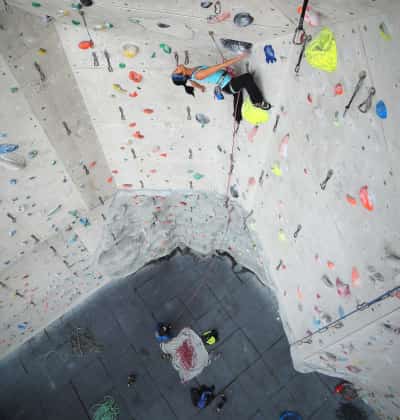
Types of Rock Climbing
Free Climbing
Free climbing is a general term used to descibe the act of using your hands and feet to ascend natural features on a rock face. In the majority of cases, free climbers use a rope and protection to keep them safe if they fall.
The most common confusion among non-climbers is to think “free climbing” means climbing without a rope, or “free soloing".
Free climbing is usually safe. Free soloing is usually not safe.
Sport Climbing
Sport climbing means ascending a rock which has been pre-equipped with bolts. As you climb, you clip quickdraws into these bolts, and then clip your rope into the quickdraws. This keeps you safe if you fall.
The goal of sport climbing is to reach the top without falling or resting on any bolts. Sport climbing is relatively safe and therefore allows you to push your free climbing ability.
Sport climbers often rehearse a climb until they are able to ascend it in perfect style, climbing from the ground to the top without falling. This type of sport climbing (projecting) is similar to gymnastics, where you practice a routine to perfection.
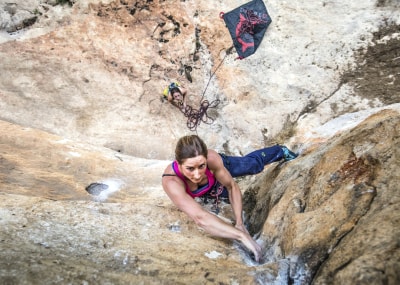
Traditional (Trad) Climbing
Trad climbing is a type of free climbing where you place your own protection in the rock as you go. Your partner climbs up after and removes the gear, so all you leave on the rock are a few chalk prints.
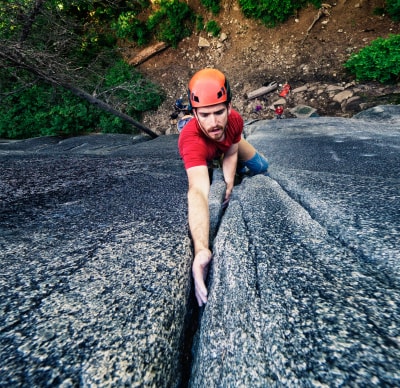
Bouldering
Bouldering is the game of climbing small rocks. Bouldering is great for working on body movement, strength and technique before transitioning to roped climbing.
Usually, bouldering is practiced on rocks up to around 5 meters tall. It is the most physically difficult and gymnastic of all climbing disciplines.
Because the only gear you need is a pair of shoes, chalkbag and a pad, bouldering has become a very popular and social activity.
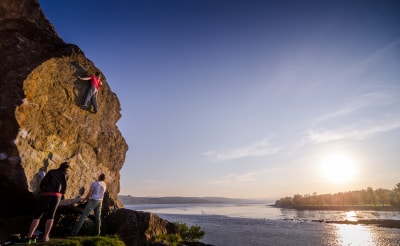
Aid Climbing
Aid climbing means using gear to ascend a cliff which is too difficult to free climb. Aid climbers place gear in the rock, then clip a nylon ladder to that gear. They use the ladder to stand up higher and repeat the process.
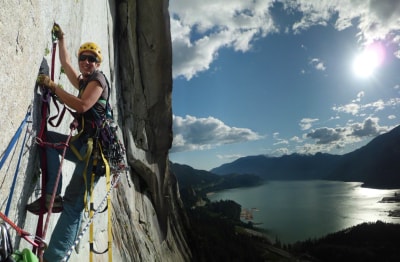
Can I Climb?
People of all ages, genders, backgrounds and abilities enjoy climbing. Rock climbs are graded by difficulty, with the easiest being similar to walking up a flight of stairs.
You don't need to be an athletic superhero with a rippling six-pack who can do 50 pull-ups. In fact, you never need to do any pull-ups, ever. So, why not give it a try? It might even be fun...





